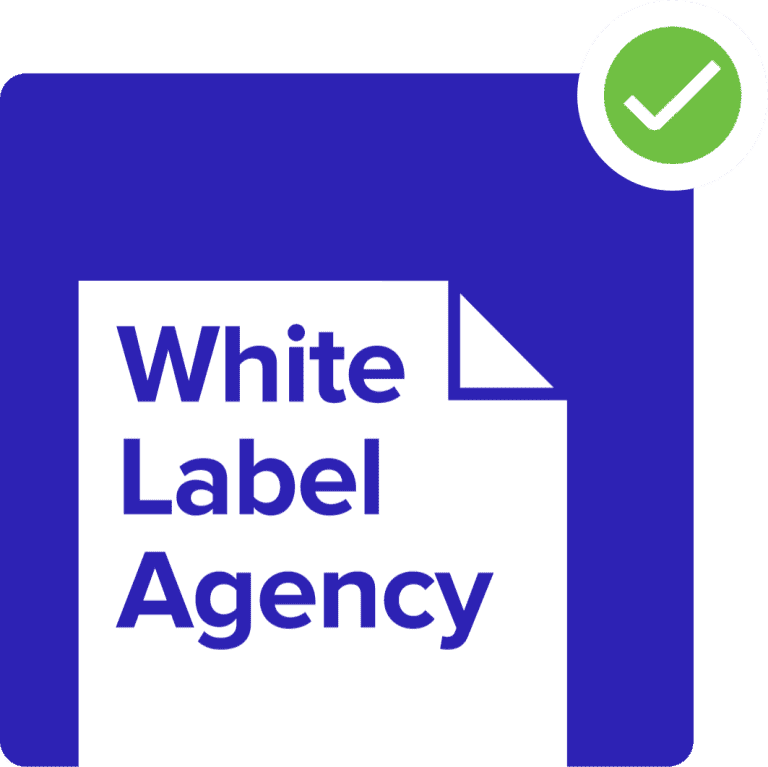In the ever-evolving world of search engine optimisation (SEO), backlinks play a crucial role in determining the authority and visibility of a website. While high-quality backlinks can significantly boost your website’s rankings, bad or toxic backlinks can have the opposite effect, potentially leading to penalties and a decline in organic traffic. To ensure your website’s SEO success, it’s essential to identify and remove these harmful backlinks. In this article, we will explore effective strategies and tools to find and remove bad backlinks, helping you optimise your website for better search engine rankings.
Understanding Bad Backlinks:
Before diving into the removal process, it’s vital to understand what bad backlinks are and why they can harm your website’s SEO efforts. Bad backlinks are links that originate from low-quality, spammy, or irrelevant websites. These links often violate search engine guidelines, including link schemes, paid links, and link farms. Such backlinks can negatively impact your website’s reputation, credibility, and organic rankings. Therefore, it is crucial to identify and eliminate these toxic links.
1- Conduct a Backlink Audit:
The first step in finding and removing bad backlinks is to conduct a comprehensive backlink audit. There are several tools available to assist in this process, such as Ahrefs, Moz, and SEMrush. These tools analyse your website’s backlink profile and provide detailed reports on the quality and relevance of the links.
2- Identify Toxic Backlinks:
Once you have conducted a backlink audit, it’s time to identify the toxic backlinks that are harming your website. Look for backlinks from irrelevant websites, link directories, or those with suspicious anchor text. Pay special attention to links from websites with low domain authority, as these are likely to be harmful to your SEO efforts.
3- Use Google Search Console:
Google Search Console is a valuable resource for identifying bad backlinks. Access the Links report in Search Console to view the websites linking to your site. Analyse the list and manually review each backlink, considering factors such as relevance, authority, and quality. Identify any links that appear spammy or unnatural.
4- Utilise Backlink Analysis Tools:
Backlink analysis tools can provide deeper insights into your backlink profile and help identify toxic links more efficiently. These tools often use complex algorithms to evaluate the quality and trustworthiness of backlinks. Consider using tools like LinkResearchTools, Monitor Backlinks, or CognitiveSEO to streamline your backlink analysis process.
5- Manual Review and Outreach:
While automated tools are beneficial, manually reviewing your backlinks is crucial to ensure accuracy. Take the time to visit each website linking to yours and assess its quality and relevance. If you notice backlinks originating from spam websites or directories, reach out to the webmasters and kindly request removal. This process can be time-consuming, but it’s a crucial step in eliminating toxic backlinks.
6- Disavow Unwanted Backlinks:
In cases where you’re unable to get the toxic backlinks removed manually, Google provides the option to disavow them using the Disavow Tool in Google Search Console. This tool informs Google that you no longer wish to be associated with these backlinks. However, exercise caution while disavowing links, as incorrectly disavowing good backlinks can harm your SEO efforts. It’s best to seek professional advice if you’re unsure about the disavowal process.
7- Hire a Professional Link-Building Agency:
Removing bad backlinks and building effective ones can be a complex and time-consuming process. If you find yourself overwhelmed or unsure about tackling your backlink profile, consider hiring a professional link-building agency like OutreachGirls. With our expertise in the field, we can handle the entire process for you, from conducting a thorough backlink audit to identifying and removing toxic links. Our experienced team understands the nuances of backlink analysis and can implement effective strategies to improve your website’s SEO performance. Furthermore, we offer a wide range of specialised services to take your online presence to new heights! Let OutreachGirls take the burden off your shoulders, so you can focus on other aspects of your business while we optimise your backlink profile. Contact us today to discuss your specific needs and take advantage of our professional link-building services!
Conclusion
Removing bad backlinks is a vital aspect of SEO that should not be overlooked. By conducting a thorough backlink audit, identifying toxic links, and taking appropriate actions, you can improve your website’s search engine rankings and organic traffic. Remember to regularly monitor and review your backlink profile to ensure the continued health and success of your SEO efforts. With the right strategies and tools, you can maintain a clean and authoritative backlink profile, strengthening your website’s visibility and online presence.
In the competitive world of SEO, removing bad backlinks is a critical step towards optimising your website for search engines. By taking the time to clean up your backlink profile and focusing on high-quality link building, you can pave the way for improved rankings and increased organic traffic. So, don’t let bad backlinks hinder your SEO progress—start auditing and removing them today for a stronger online presence and better search engine performance.







